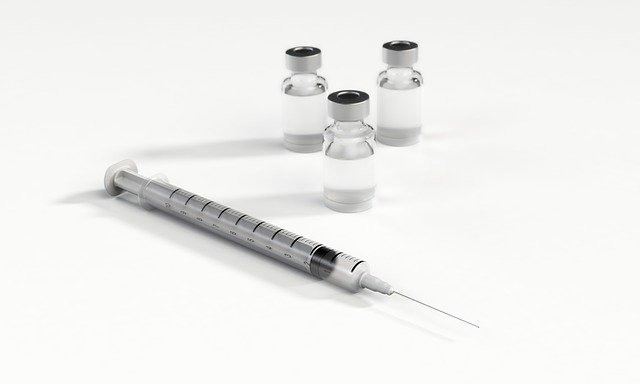A mouse model revealed an important link between opioid use and PTSD: opioid dependence before a traumatic event increases the risk of developing PTSD.
Opioids are commonly used to treat physical injuries and pain, including pain accompanying trauma. However, about 35% of individuals with PTSD develop opioid dependence. Previous research suggests that a substance use disorder (SUD) is the result of PTSD, indicating a potential mechanistic link between SUDs and PTSD.
In a study published in Neuropsychopharmacology, researchers investigated whether prior opioid use augments the risk of developing PTSD, in an effort to further explore the relationship between opioid use and PTSD.
Researchers used a stress-enhanced fear learning (SEFL) mouse model to assess the effect of previous chronic opioid dependence on the development of PTSD-like behaviours. A SEFL model captures anxiety-like behaviours due to trauma, such as PTSD. In this experiment, the researchers measured the amount of time the mice froze as an indicator of PTSD. The researchers used the model to see if more freezing could be observed in one mouse group compared to another.
The experiment began by simulating a SUD. One group of mice received an escalating dose of morphine (the opioid) over the course of eight days, while the other group received an escalating dose of saline (the control) over the same eight days. For the next week, the mice received neither morphine nor saline. This was done to dissipate any acute withdrawal symptoms.
For the initial trauma, the mice were further subdivided into trauma and non-trauma groups. On day one, the trauma group was put into a box and received mild foot shocks. The non-trauma group was simply put into a box for the same amount of time. On day two, the mice were placed back in the box from the day before and their anxiety-like behaviour—freezing—was evaluated. The length of freezing time between the morphine trauma group and the saline trauma group was roughly the same.
On day three, the mice were put into a new environment and the trauma group received more mild foot shocks. On day four, the mice returned to the new environment and the amount of freezing was recorded. This time, the morphine trauma group had significantly higher freezing in comparison to the saline trauma group. Incidentally, the morphine non-trauma group did not show increased freezing after the second part of the experiment.
The researchers also performed a separate experiment to discover the effects when morphine was given at a different point in the experiment timeline. Rather than treat the mice with morphine before the initial shock, they gave it after the initial shock, but before the second shock. They found that the morphine trauma group did not have increased freezing, unlike the previous experiment, where morphine given before the experiment did increase the trauma group’s freezing.
This study highlights an important finding regarding opioid use and PTSD: those with opioid dependence before a traumatic event have a higher chance of developing PTSD. The authors caution the use of opioids to treat pain and physical injuries chronically, as subsequent trauma may increase PTSD risk.
Written by Shayna Goldenberg
References:
Pennington, Z.T., Trott, J.M., Rajbhandari, A.K. et al.Chronic opioid pretreatment potentiates the sensitization of fear learning by trauma. (2019) doi:10.1038/s41386-019-0559-5
EurekAlert!. (2019). Chronic opioid treatment may increase PTSD risk. [online] Available at: https://www.eurekalert.org/pub_releases/2019-12/s-cot112719.php [Accessed 4 Dec. 2019].
Image by Arek Socha from Pixabay



